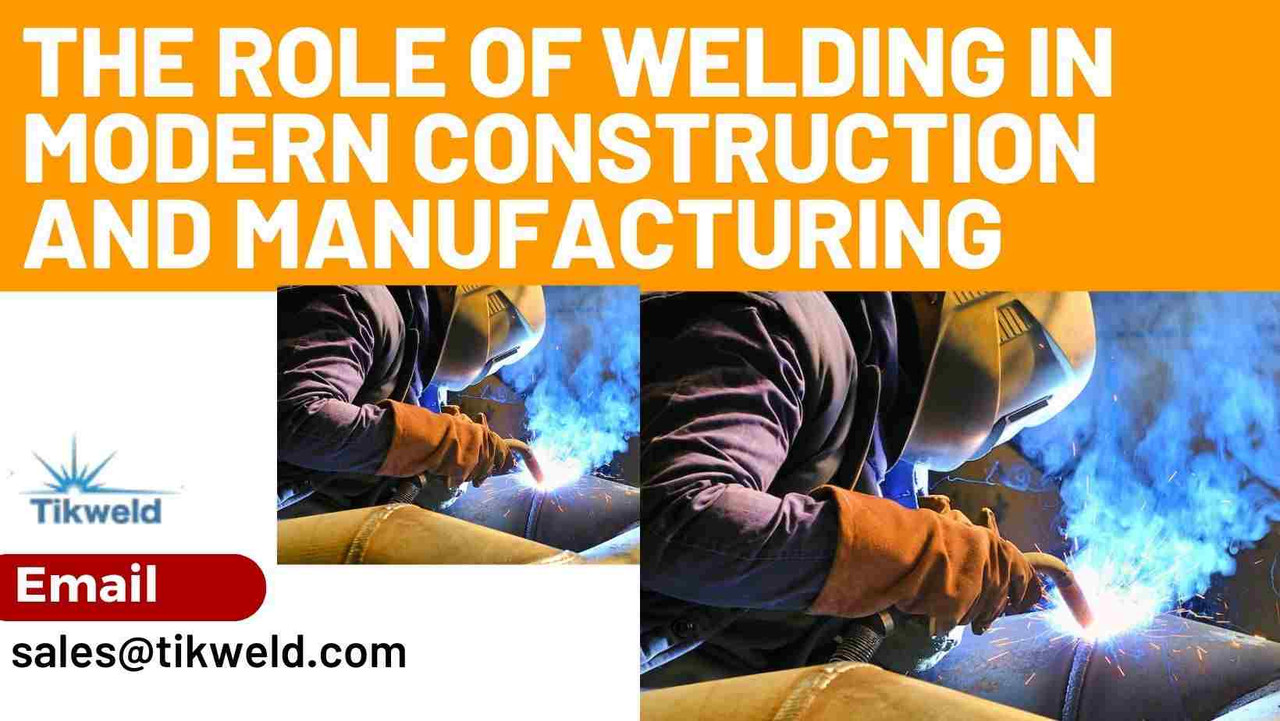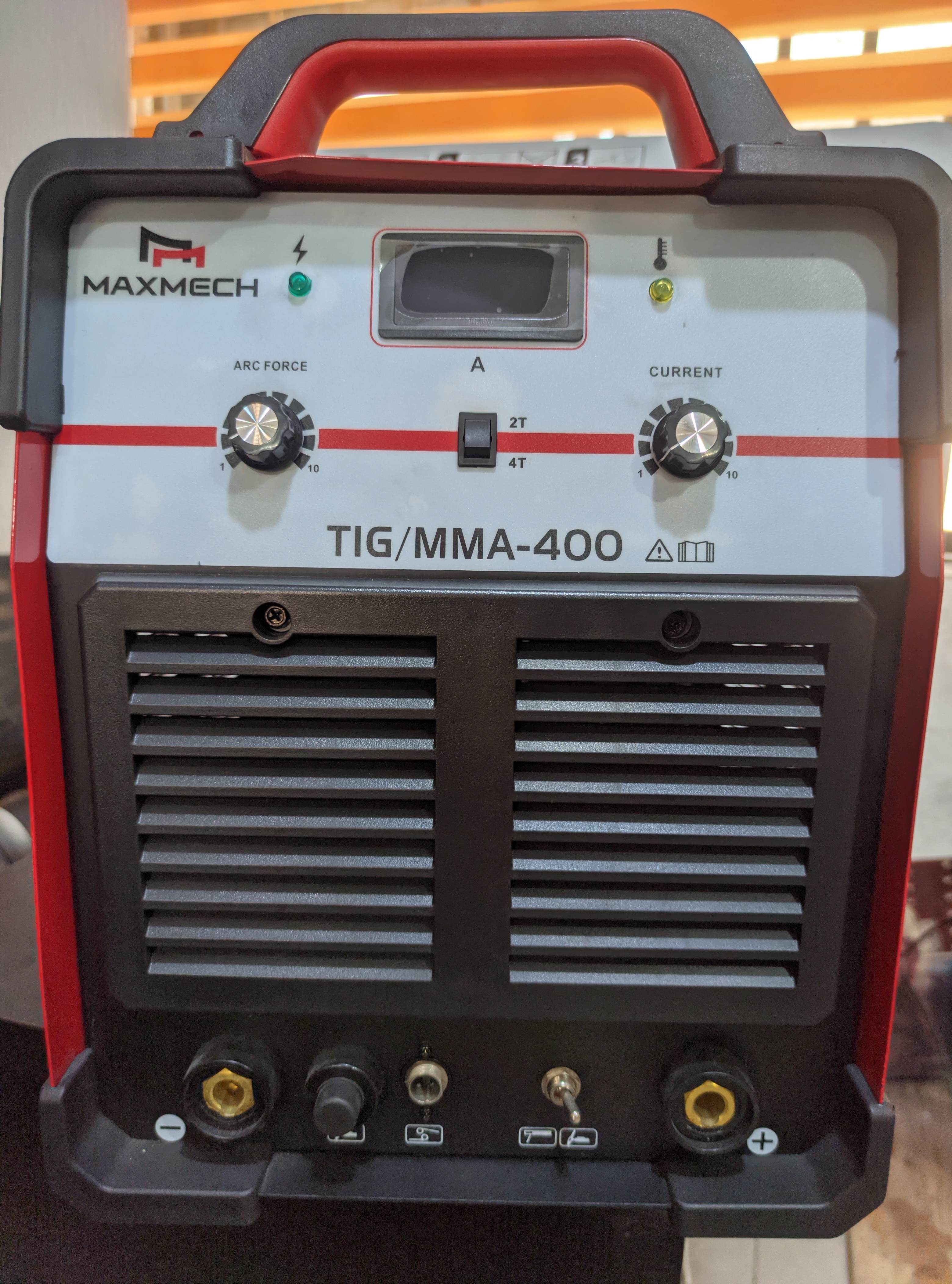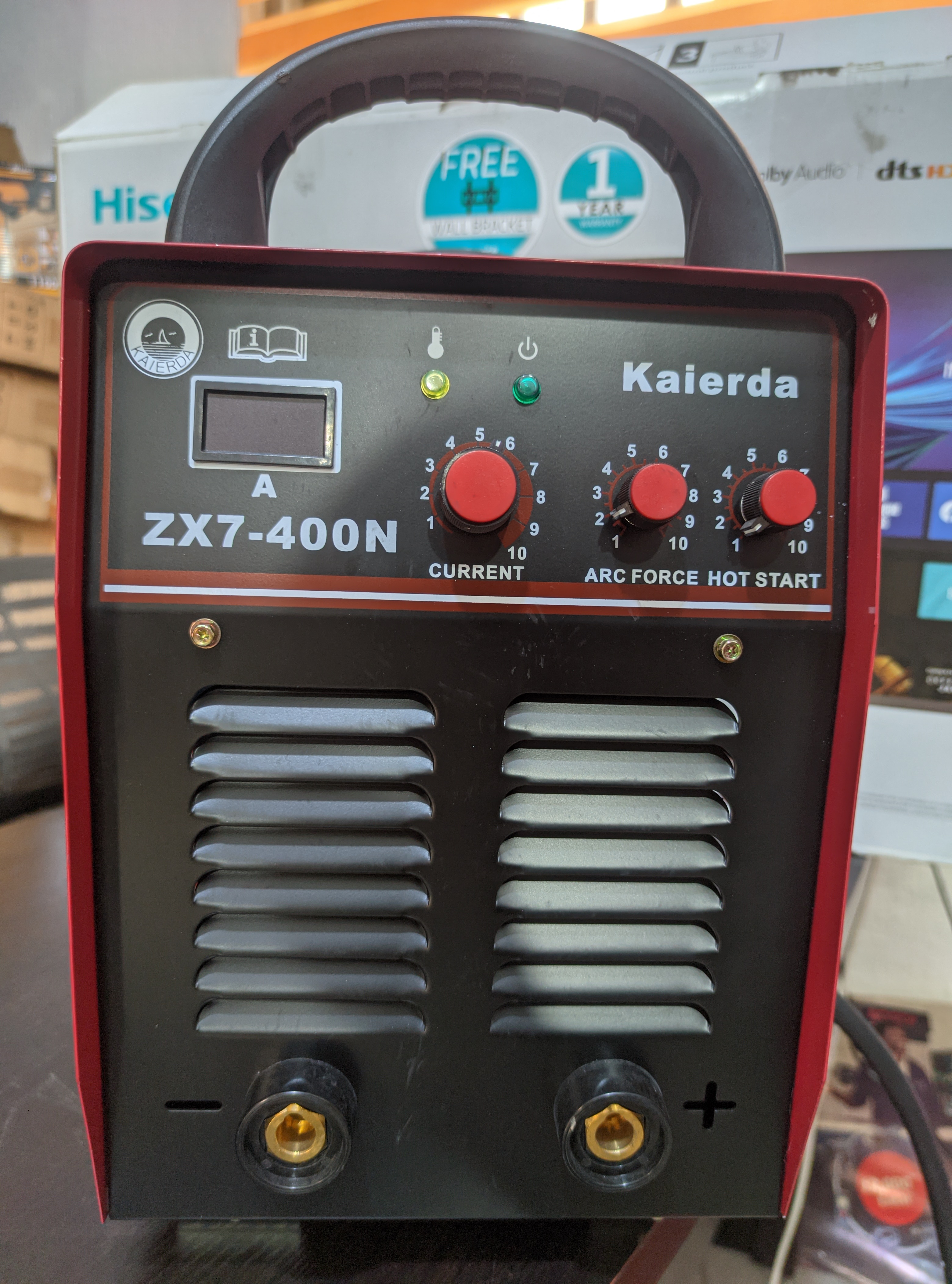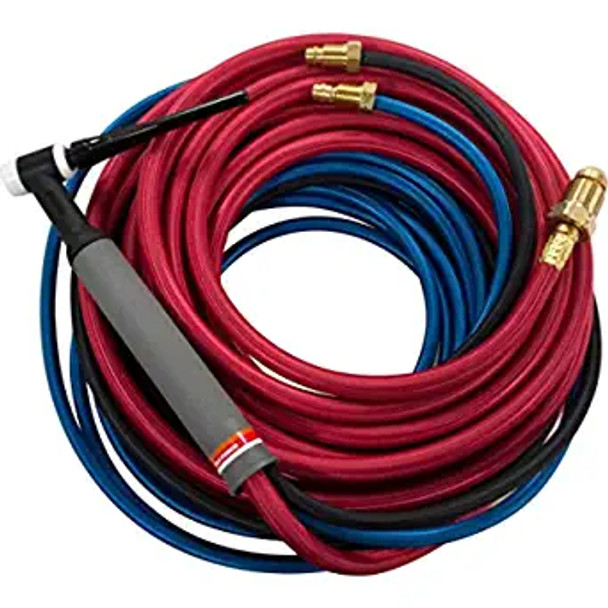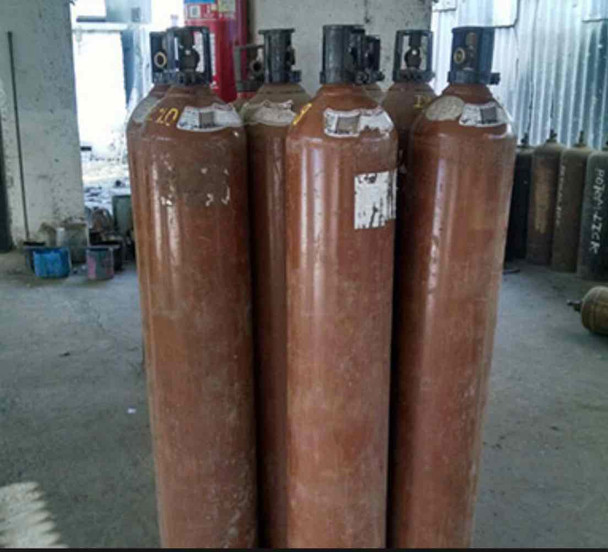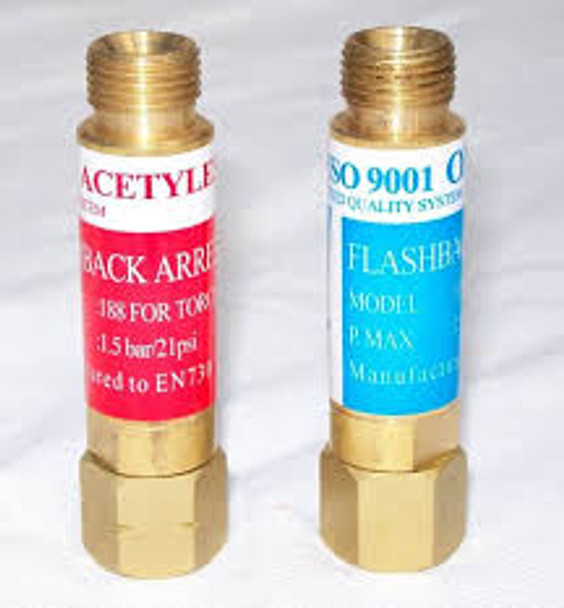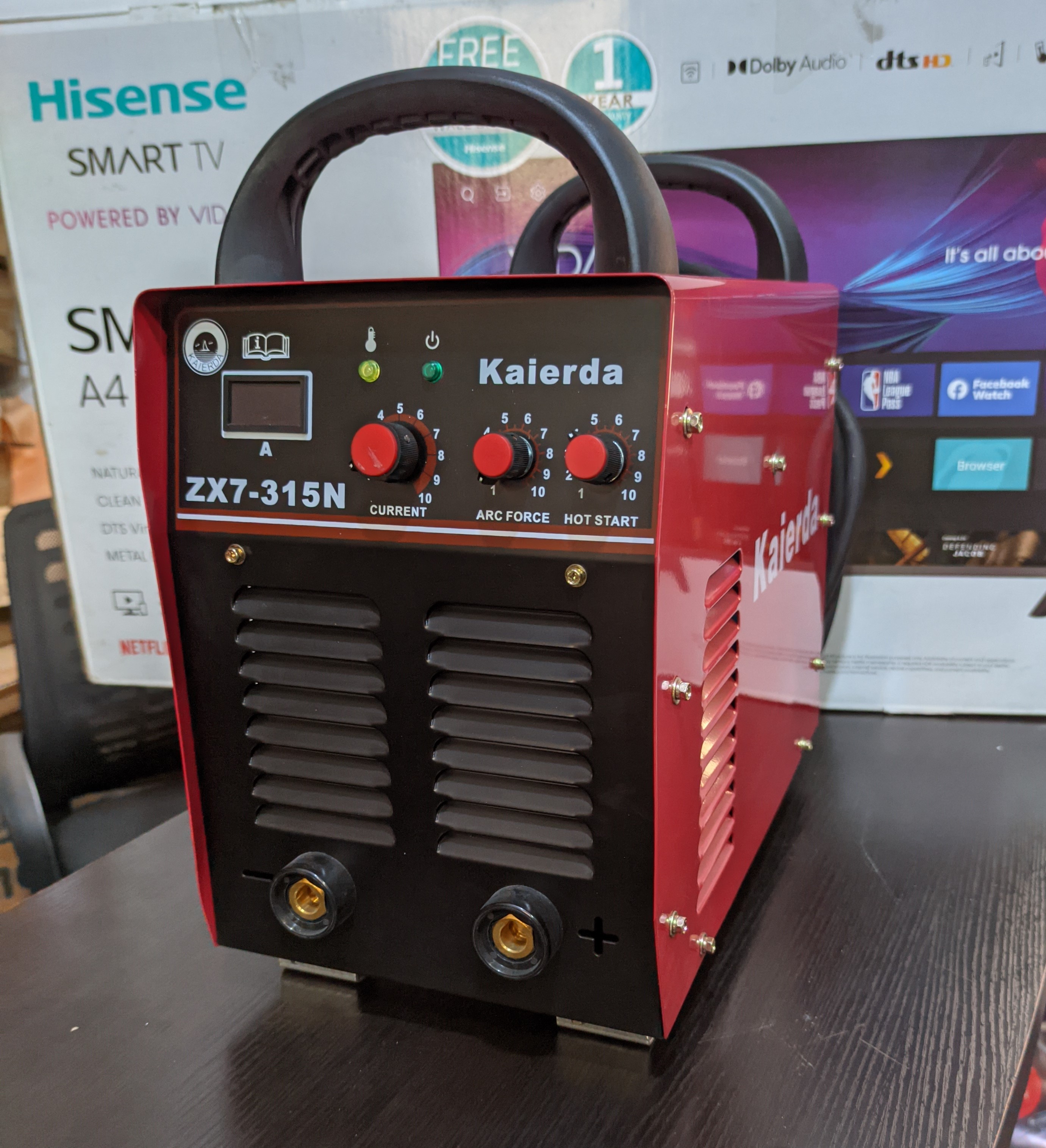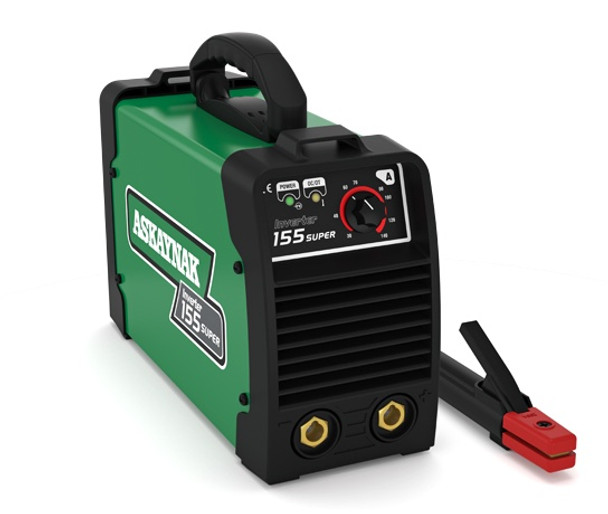The Role of Welding in Modern Construction and Manufacturing
Introduction
In today’s rapidly evolving world of construction and manufacturing, one industry stands tall as the foundation of countless projects: welding. With its essential role in joining metal components, welding has become an indispensable part of modern infrastructure development. From building towering skyscrapers to creating intricately designed machines, welding ensures the strength and durability of the structures we rely on. Welding is essential in creating structures that can withstand immense pressure, heat, and various environmental conditions. It is not just about sticking two pieces of metal together; welding requires precision, skill, and knowledge of different welding techniques and materials.
Read more...Revolutionizing Welding: Latest Advancements in Welding Machine Technology Introduction
Key Takeaway
- Foundational to Modern Infrastructure: Welding is critical to building and maintaining infrastructure—from skyscrapers and bridges to pipelines and factories—ensuring structural integrity and safety.
- Versatile Application Across Industries: Welding is used in construction, automotive, aerospace, shipbuilding, and manufacturing, enabling the creation of complex and high-performance components.
- Enables Precision and Strength: Welding provides strong, durable joints and supports the fabrication of structures that require precise specifications and high load-bearing capabilities.
Kaierda Inverter DC MMA Welding Machine ZX7-400N
Furthermore, advancements in welding technology have transformed the industry, allowing for more efficient and precise welding processes. From robotic welding systems to laser welding, the possibilities are endless. These innovations have not only increased productivity and reduced production time but have also improved the quality and reliability of welded structures. In this article, we will explore the important role welding plays in modern construction and manufacturing, highlighting its benefits, latest advancements, and its impact on various industries. So, let's dive into the world of welding and discover its immense significance and impact.
Importance of Welding in Construction and Manufacturing Industries
Welding is a critical component of construction and manufacturing, as it enables the creation of structures and products that are strong, durable, and able to withstand various external factors. From buildings and infrastructure to vehicles and machinery, welding is used to join metal components together, providing the necessary strength and stability. Without welding, these structures would not be able to withstand the forces and stresses they are subjected to.
One of the key reasons why welding is so important in construction and manufacturing is its ability to create permanent joints that are as strong as the parent materials themselves. This is achieved by melting the edges of the metal pieces being joined and allowing them to fuse together as they cool down. The resulting bond is often stronger than the base metals themselves, making welding an essential process for ensuring the structural integrity of various components.
Moreover, welding allows for the creation of complex and intricate designs that would be difficult or impossible to achieve through other joining methods. By melting and shaping metal, welders can create seamless connections between different parts, resulting in a visually appealing and structurally sound finished product. These capabilities make welding indispensable in industries where aesthetics and functionality go hand in hand, such as automotive and architectural design.
Read more...How Modern Welding Technology is Changing the Fabrication Industry
Kaierda Inverter DC MMA Welding Machine ZX7-400N
Evolution of Welding Techniques and Technology
Over the years, welding techniques and technology have evolved significantly, revolutionizing the way welding is performed in modern construction and manufacturing. Traditional welding methods, such as shielded metal arc welding (SMAW) and gas metal arc welding (GMAW), have been refined and improved, while new techniques and technologies have emerged.
One notable advancement in welding technology is the use of robotic welding systems. These automated systems have the ability to perform repetitive welding tasks with high precision and accuracy. By programming robots to follow specific welding paths, manufacturers can achieve consistent weld quality and improve overall productivity. Robotic welding systems also enhance worker safety by reducing exposure to hazardous environments and repetitive motions.
Another significant development is the introduction of laser welding. Laser welding uses a concentrated beam of light to melt and fuse metal components together. This technology offers several advantages, including high welding speeds, minimal heat-affected zones, and precise control over the weld penetration depth. Laser welding is particularly useful in industries where precision and speed are essential, such as aerospace and electronics.
Additionally, advancements in materials science have led to the development of new welding techniques specifically tailored for certain materials and applications. For example, friction stir welding (FSW) is a solid-state welding process that can join non-ferrous metals, such as aluminum and copper, without the need for filler materials or shielding gases. This technique is particularly useful in the aerospace industry, where lightweight and high-strength materials are commonly used.
Hellog Electric PTW-18 TIG Welding Torch 25 FT.
Comparative Analysis: Traditional vs. Modern Welding in Construction and Manufacturing
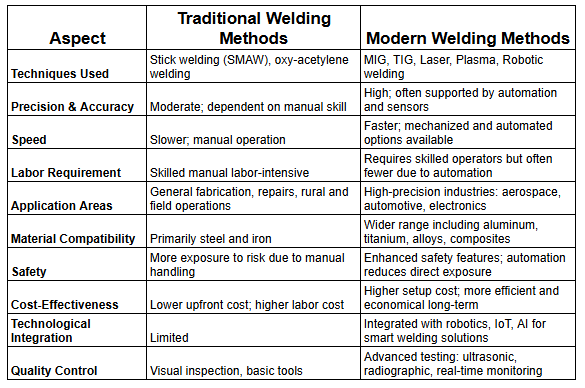
Common Types of Welding Processes Used in Construction and Manufacturing
In construction and manufacturing, various welding processes are employed depending on the materials being joined, the desired strength of the weld, and other specific requirements. Here are some of the most common types of welding processes used in these industries:
- Shielded Metal Arc Welding (SMAW): Also known as stick welding, SMAW is one of the oldest and most versatile welding processes. It involves the use of a consumable electrode coated in flux, which provides protection against atmospheric contamination. SMAW can be used to weld a wide range of metals and is particularly suitable for outdoor applications or situations with limited access.
- Gas Metal Arc Welding (GMAW): Commonly referred to as MIG (Metal Inert Gas) welding, GMAW uses a wire electrode that is continuously fed through a welding gun. A shielding gas, such as argon or a mixture of gases, is also used to protect the weld pool from atmospheric gases. GMAW is widely used in manufacturing due to its versatility, speed, and ease of use.
- Gas Tungsten Arc Welding (GTAW): Also known as TIG (Tungsten Inert Gas) welding, GTAW is a precise and versatile welding process that uses a non-consumable tungsten electrode and a shielding gas. GTAW produces high-quality welds with excellent aesthetics and is commonly used for welding thin sections of stainless steel, aluminum, and other non-ferrous metals.
- Flux-Cored Arc Welding (FCAW): FCAW is a semi-automatic or automatic welding process that uses a tubular wire filled with flux. The flux provides both shielding and a source of additional alloying elements, making FCAW suitable for welding thick sections and in situations where high deposition rates are required.
- Submerged Arc Welding (SAW): SAW is an automatic welding process that uses a granular flux and a continuous wire electrode. The arc is completely submerged under a layer of flux, which protects the weld from atmospheric contamination. SAW is commonly used for welding thick sections and in applications where high productivity is essential.
- Resistance Spot Welding (RSW): RSW is a process that uses the heat generated by the resistance to electric current flow to join metal sheets together. It is commonly used in the automotive industry for joining sheet metal components, such as car body panels. RSW is fast, efficient, and produces welds with minimal distortion.
These are just a few examples of the numerous welding processes available today. Each process has its advantages and limitations, and the choice of welding process depends on factors such as the materials being joined, the desired weld quality, and the specific requirements of the application.
Helium gas (Returnable empty cylinder) 40 Liters cylinders
Welding Safety Precautions and Regulations
While welding is an essential process in construction and manufacturing, it also poses various hazards that need to be addressed to ensure the safety of workers and the integrity of the welded structures. Welding generates intense heat, bright light, and harmful fumes, which can lead to burns, eye injuries, respiratory problems, and even explosions if not managed properly.
To mitigate these risks, strict safety precautions and regulations are in place. Personal protective equipment (PPE), such as welding helmets, gloves, and protective clothing, should be worn by welders to protect them from heat, sparks, and UV radiation. Adequate ventilation is necessary to remove hazardous fumes and gases from the work area.
In addition to personal safety measures, welding equipment should be regularly inspected and maintained to ensure proper functioning. Electrical systems should be grounded, and fire prevention measures, such as fire extinguishers and fire blankets, should be readily available. Welding areas should be properly marked and restricted to authorized personnel only.
Regulatory agencies, such as the Occupational Safety and Health Administration (OSHA) in the United States, have established guidelines and standards for welding safety. These regulations cover various aspects, including safe work practices, training requirements, and the use of safety equipment. Employers are responsible for providing a safe working environment and ensuring that their employees are adequately trained and informed about potential hazards.
By adhering to safety precautions and regulations, the risks associated with welding can be minimized, creating a safer working environment for welders and reducing the likelihood of accidents and injuries.
Rhino Weld Welders Split Leather Welding Jacket
Benefits of Using Welding in Construction and Manufacturing
The use of welding in construction and manufacturing offers numerous benefits that contribute to the overall efficiency, quality, and cost-effectiveness of these industries. Here are some key advantages of using welding:
- Strength and Durability: Welding creates strong and durable joints that can withstand high loads, vibrations, and extreme environmental conditions. Welded structures are often more robust and reliable compared to those joined using other methods, such as mechanical fasteners or adhesives.
- Versatility: Welding can join a wide range of metals and alloys, including steel, aluminum, stainless steel, and copper. This versatility allows manufacturers to choose the most suitable materials for their specific applications, taking into account factors such as strength, weight, and corrosion resistance.
- Cost-Effectiveness: Welding is a cost-effective joining method, as it eliminates the need for additional fasteners or adhesives. It also allows for the efficient use of materials, as components can be designed to minimize waste and optimize strength. Furthermore, welded structures often require less maintenance and have a longer lifespan, resulting in cost savings over time.
- Design Flexibility: Welding enables the creation of complex and intricate designs that would be difficult or impossible to achieve through other joining methods. By welding metal components together, manufacturers can create seamless connections, eliminating the need for bulky and visible fasteners. This aesthetic advantage is particularly important in industries where design plays a significant role, such as architecture and automotive manufacturing.
- Efficiency and Productivity: Advancements in welding technology, such as robotic welding systems, have significantly improved efficiency and productivity in construction and manufacturing. By automating repetitive welding tasks, manufacturers can achieve higher production rates and consistent weld quality. This results in shorter lead times, reduced labor costs, and increased overall productivity.
- Environmental Sustainability: Welding is a relatively environmentally friendly joining method compared to other alternatives, such as soldering or brazing. It does not require the use of additional consumables, such as adhesives or fluxes, and produces minimal waste. Furthermore, welded structures can be easily disassembled and recycled at the end of their life cycle, contributing to a more sustainable approach to manufacturing.
These benefits make welding an indispensable process in construction and manufacturing, enabling the creation of strong, durable, and aesthetically pleasing structures and products.
oxygen/acetylene flashback arrestor
Challenges and Limitations of Welding in Modern Industries
While welding offers numerous advantages, it also presents several challenges and limitations that need to be addressed to ensure optimal results and avoid potential issues. Here are some common challenges and limitations associated with welding in modern industries:
- Weld Defects: Welding is a complex process that requires skill and precision. If not performed correctly, various defects can occur, such as porosity, cracks, and incomplete fusion. These defects can compromise the strength and integrity of the welded joint, leading to structural failures or reduced performance.
- Material Compatibility: Not all materials are easily weldable, and certain combinations may require special techniques or additional steps to achieve satisfactory results. For example, welding dissimilar metals, such as steel and aluminum, can be challenging due to differences in melting points and thermal expansion coefficients. Proper material selection and preparation are crucial to ensure successful welds.
- Heat-Affected Zone (HAZ): Welding generates intense heat, which can result in a heat-affected zone around the weld. This zone experiences changes in microstructure and mechanical properties, which can affect the overall performance of the welded structure. Proper heat management and post-weld treatments, such as stress relieving, are necessary to minimize the impact of the HAZ.
- Quality Control: Ensuring consistent weld quality is essential to avoid defects and ensure the structural integrity of welded structures. Quality control measures, such as non-destructive testing (NDT) techniques and visual inspections, should be implemented to detect and address any potential issues. Proper training and certification of welders are also important to maintain high-quality standards.
- Safety and Health Risks: Welding involves exposure to intense heat, bright light, and hazardous fumes, which can pose risks to the safety and health of welders. Adequate safety precautions, such as the use of personal protective equipment and proper ventilation, should be implemented to minimize these risks. Regular training and awareness programs are also essential to ensure that welders are aware of potential hazards and know how to mitigate them.
- Automation and Skilled Labor: While robotic welding systems have improved efficiency and productivity, the transition from manual welding to automation requires skilled operators and technicians. The operation and maintenance of robotic welding systems require specialized knowledge and training, which may pose a challenge for some manufacturers. Additionally, skilled welders are in high demand, and the shortage of qualified personnel can hinder the widespread adoption of welding technology.
Addressing these challenges and limitations through proper training, technology advancements, and quality control measures will contribute to the continued success and advancement of welding in modern industries.
Kaierda Electric Welding machine WN-315N
Future Trends in Welding Technology
As technology continues to advance, the field of welding is expected to undergo further transformations, leading to more efficient, precise, and sustainable welding processes. Here are some future trends in welding technology:
- Additive Manufacturing: Additive manufacturing, also known as 3D printing, is gaining popularity in various industries, including construction and manufacturing. This technology allows for the direct production of complex metal components through the layer-by-layer deposition of metal powders. Welding techniques, such as laser welding and electron beam welding, are often used in additive manufacturing to join the deposited layers and create fully functional parts.
- Friction Stir Welding (FSW): Friction stir welding is an innovative solid-state welding process that offers several advantages over traditional fusion welding methods. FSW uses a non-consumable tool to generate frictional heat and mechanically stir the material, creating a joint without melting the base metal. This technique is particularly suitable for joining lightweight materials, such as aluminum and magnesium alloys, and is expected to find increased applications in industries such as automotive and aerospace.
- Hybrid Welding Processes: Hybrid welding processes combine two or more welding techniques to leverage their individual strengths and overcome their limitations. For example, laser-arc hybrid welding combines the deep penetration capability of laser welding with the higher deposition rates of arc welding. These hybrid processes offer enhanced weld quality, increased productivity, and improved control over the weld properties.
Welding Certifications and Training Programs
To become a skilled welder, individuals must undergo comprehensive training and obtain relevant certifications. Welding certifications are proof of a welder's competence and adherence to industry standards. These certifications are obtained through rigorous testing and evaluation of a welder's skills and knowledge.
Numerous training programs and vocational schools offer welding courses, providing aspiring welders with the necessary skills and knowledge to excel in their careers. These programs cover various welding techniques, safety practices, blueprint reading, and metallurgy. By completing these training programs and obtaining certifications, welders can enhance their employability and demonstrate their expertise to potential employers.
Askaynak ELectrical welding machine Inverter 155 Super
Impact of Welding on Project Timelines and Costs
Welding plays a significant role in determining project timelines and costs in construction and manufacturing. Efficient and skilled welders can carry out welding operations swiftly, minimizing project delays. On the other hand, inadequate welding practices, lack of expertise, or poor quality control can lead to costly rework and delays in project completion.
Moreover, the choice of welding technique and materials can impact project costs. Certain welding processes may require specialized equipment or consumables, increasing project expenses. However, investing in high-quality welding and ensuring proper weld quality can prevent costly repairs and replacements down the line, saving both time and money.
Frequently Asked Question
1. Why Is Welding Important in Construction?
Welding is essential in construction because it creates strong, permanent joints that significantly enhance the durability and integrity of structures. Properly welded connections can withstand heavy loads and stresses, making them critical for the safety and long-term stability of buildings, bridges, and other infrastructure.
2. What Is the Contribution of Welding?
Welding plays a vital role in the construction and manufacturing industries by enabling the creation of strong, secure, and long-lasting structures. It involves fusing materials—usually metals or thermoplastics—through high heat, ensuring the stability and durability of everything from buildings and bridges to pipelines and machinery.
3. What Does Weld Mean in Construction?
In construction, a weld refers to the joint formed when two or more parts—typically metals or thermoplastics—are fused together using heat, pressure, or both. As the materials cool, they form a solid, durable connection known as a weldment, which contributes to the structural integrity of a building or framework.
4. How Is Welding Used in Construction?
Welding is used in construction to join steel components such as I-beams, trusses, columns, and footers. These structural elements are cut to the required size, positioned in place, and then welded together to form a solid framework that supports the walls, floors, and roof of a building.
5. Why Is Welding Important in Manufacturing?
Welding is vital in modern manufacturing because it enables the creation of strong, durable, and high-quality products. It serves as a foundation for assembling metal structures and components. With advancements in welding technology, manufacturers now achieve greater precision, strength, and efficiency, making welding indispensable across industries like automotive, construction, shipbuilding, and aerospace.
Related Articles:
Welding in Harsh Environments: Tips and Best Practices
How to Maintain and Care for Your Welding Equipment
Troubleshooting Common Welding Problems: Expert Tips and Solutions
Conclusion
As construction and manufacturing industries continue to evolve, welding remains a fundamental component. The ongoing advancements in welding technology, materials, and techniques will shape the future of these industries, enabling the creation of stronger, safer, and more efficient structures.
As we have explored, welding plays a vital role in ensuring the integrity and durability of buildings, machinery, and infrastructure. Skilled welders, armed with their expertise and cutting-edge equipment, are the driving force behind the progress and innovation we witness in the construction and manufacturing sectors.
By understanding the importance of welding, we gain a greater appreciation for the intricate and complex work carried out by welders, shaping the world we live in. From towering skyscrapers to high-performance vehicles, from intricate machinery to critical infrastructure, welding holds it all together, ensuring our safety and progress.
Ready to power your next construction or manufacturing project with precision welding solutions? Visit Tikweld.com today to shop top welding brands, get expert guidance, and elevate your productivity with reliable equipment tailored for modern industry needs.

